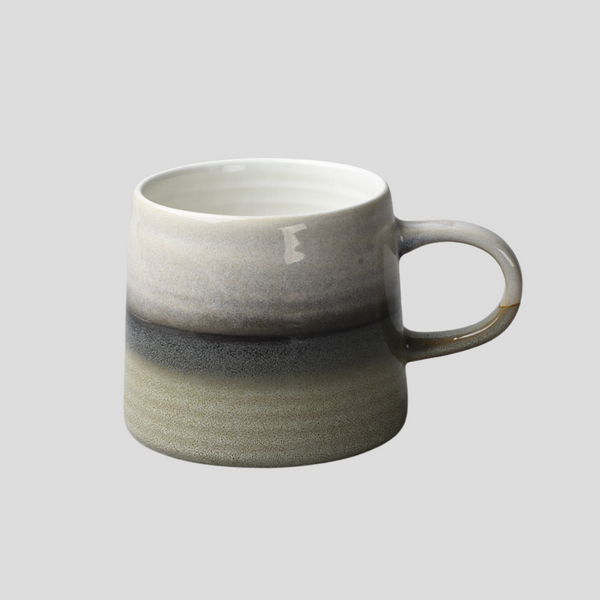
Understanding the Pottery Firing Process
Understanding the Pottery Firing Process
The crafting of pottery is an ancient art, revered and continued through countless generations. Central to this tradition is the firing process, a transformative stage that turns soft, shaped clay into durable ceramic. This critical phase requires a deep understanding of temperature, timing, and techniques. In this article, we delve into the intricacies of the pottery firing process, breaking down its phases, types, and the understanding required to achieve a masterful result.
The Basics of Pottery Firing
At its core, pottery firing is a heat treatment process applied to clay objects. The purpose of firing is manifold: it hardens the clay, making it durable and usable; it sets the shape of the wet clay; and, with certain types of clay and glazes, it develops the desired final colors and finishes. The process involves gradually heating the pottery to a specific temperature, holding it at that temperature, and then cooling it down slowly to avoid thermal shock.
Stages of Firing
1. Bisque Firing
This is the first firing and is done at a lower temperature than will be used for the glaze firing. Its primary purpose is to harden the pottery, making it easier to handle and less susceptible to damage while applying glazes. After bisque firing, the pottery is porous, allowing it to absorb glazes efficiently.
2. Glaze Firing
After the application of glazes, the pottery undergoes a second firing. This stage is typically at a higher temperature than the bisque firing, and it's during this phase that the glaze undergoes a chemical transformation. The result is a glass-like surface that fuses with the ceramic body, creating a waterproof seal and the piece's final appearance.
Types of Firing Kilns
Different types of kilns can be used in the firing process, each with its unique characteristics and effects on the pottery.
Electric Kilns
Electric kilns are widely used due to their convenience and control. They offer precise temperature control, making it easier to achieve consistent results. This type is especially favored by beginners and those working in small studios or home environments.
Gas Kilns
Gas kilns are preferred for their ability to achieve a reducing atmosphere, which can bring out vibrant and varied glaze colors not attainable in an oxidation atmosphere like that of an electric kiln. Managing a gas kiln requires more expertise but can offer rewarding results for experienced potters.
Wood Kilns
Wood firing is a traditional method that dates back thousands of years. It requires a continuous supply of fuel and constant monitoring over a long period, often several days. The ash from the burnt wood can create unique and unpredictable surface effects, greatly prized amongst ceramic artists.
Considerations for Successful Firing
Several factors must be considered to achieve a successful firing. These include the type of clay and glazes used, as each has a specific temperature range. Kiln ventilation is another significant factor, as it influences the atmosphere during firing and can affect the outcome of the fired pieces. Additionally, the power of patience cannot be overstressed; rushing any stage of the process can lead to cracking, warping, or other forms of damage.
Conclusion
The pottery firing process is a blend of art and science. Understanding its nuances can enhance one's approach to ceramics, driving better results and more gratifying outcomes. Whether you're a seasoned potter or a curious newcomer, mastering the firing process is a journey worth taking, full of discovery, challenges, and the joy of creation.
Click this link to check out our ceramic artwork!
















































